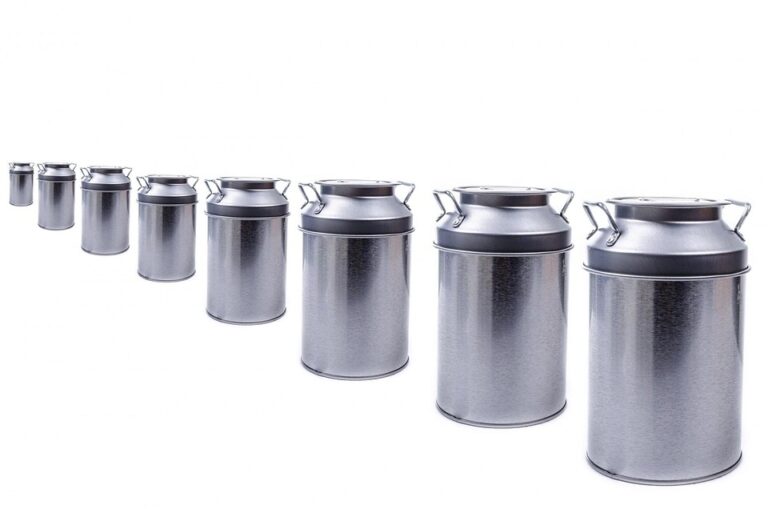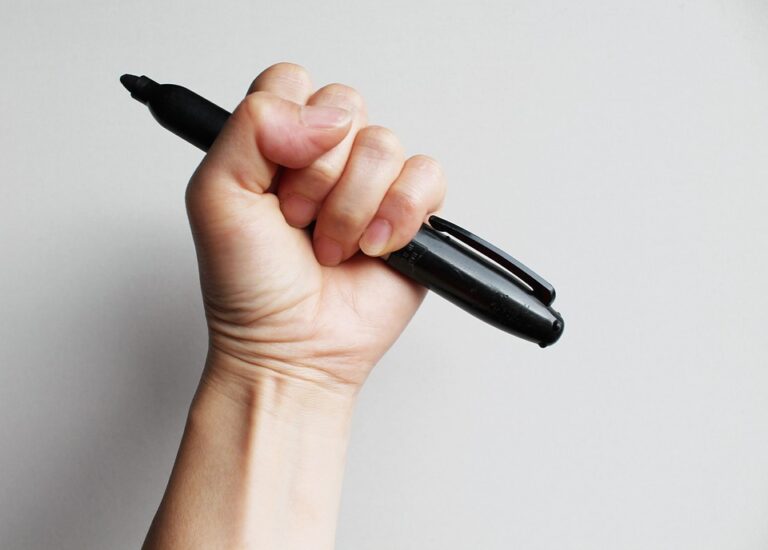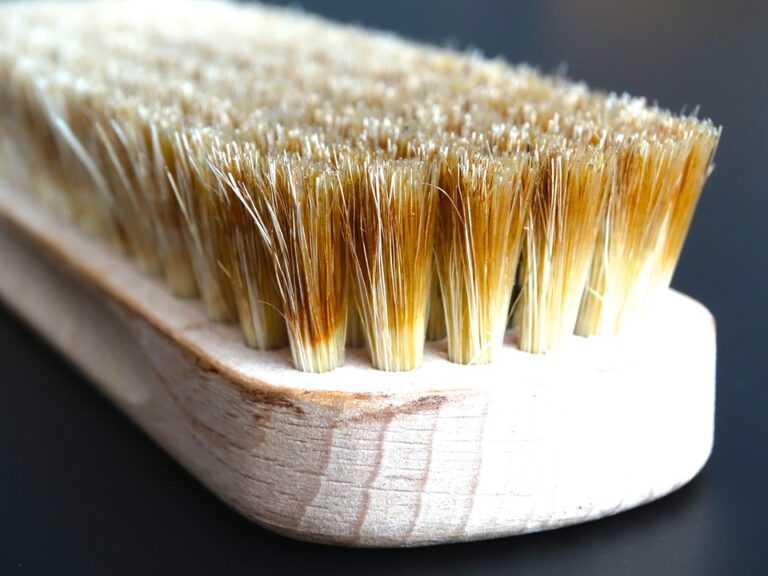
A Journey Through Time: The Evolution of Band-Aids
The humble Band-Aid, a staple in every household’s first-aid kit, has undergone a transformation that reflects not just advances in medical technology but also a shift in our understanding of wound care. When we think of Band-Aids, we often conjure images of colourful plasters adorned with cartoon characters, yet their history is much more profound than mere aesthetics.
1. The Genesis of the Band-Aid
The story begins in the early 20th century, with a rather serendipitous invention by a Johnson & Johnson employee named Earle Dixon. His wife, a frequent victim of kitchen mishaps, prompted him to create a simple solution for her cuts. The original Band-Aid was little more than a piece of gauze attached to a strip of adhesive—practical but rudimentary. The question arises: how did this basic plaster develop into the sophisticated wound care solutions we see today?
2. Advancements in Materials and Technology
The 1960s heralded a new era in adhesive bandages. With the advent of synthetic materials, manufacturers began to experiment with more flexible and breathable options. The introduction of hypoallergenic adhesives marked a turning point, allowing for greater comfort and reduced skin irritation. Notably, innovations such as water-resistant and antibacterial bandages emerged, fuelling a growing awareness of infection control. A 2018 study from the Journal of Wound Care highlights the importance of such advancements in preventing secondary infections, which can complicate even the most minor injuries.
3. The Role of Design in Wound Care
As society progressed into the late 20th century, the design of Band-Aids evolved to encapsulate not just functionality but also emotional appeal. Plasters began to feature vibrant colours and designs, catering to children and adults alike. This shift raises an intriguing question: can a simple design choice impact a person’s willingness to adhere to wound care protocols? Research indicates that positive associations with colourful plasters can indeed encourage children to embrace injury management, making the process less daunting.
4. Beyond the Basics: Innovative Solutions
In recent years, the landscape of wound care has been dominated by innovation. The advent of hydrocolloid and foam dressings signifies a leap toward modernity. Hydrocolloid bandages, for example, create a moist healing environment, which has been shown to expedite recovery times. Meanwhile, smart bandages embedded with sensors are on the horizon, promising real-time monitoring of wound conditions. As we stand on the cusp of such technological advancements, one must ponder the ethical implications: will these innovations be accessible to all, or will they remain a luxury for the few?
5. The Future of Wound Care
Looking ahead, the potential for further evolution in the realm of wound care is staggering. With ongoing research into bioengineered skin substitutes and advanced wound dressings, we may soon see products that not only protect but actively promote healing. The intersection of technology and healthcare invites speculation about how we will manage injuries in the future. Could we be moving towards an era where Band-Aids are equipped with nanotechnology to deliver medicines directly to the wound site?
In this ever-evolving narrative of wound care, Band-Aids have transitioned from basic plasters to multifaceted solutions that reflect our burgeoning understanding of health and healing. As a society, we must remain vigilant and informed about these developments, embracing innovations while advocating for accessibility and inclusivity in healthcare.
BargainsTrust continues to bring you thoughtfully curated information on a variety of quality products, helping you navigate the evolving landscape of everyday essentials. Whether it’s a simple Band-Aid or the latest in wound care technology, staying informed has never been more crucial.






